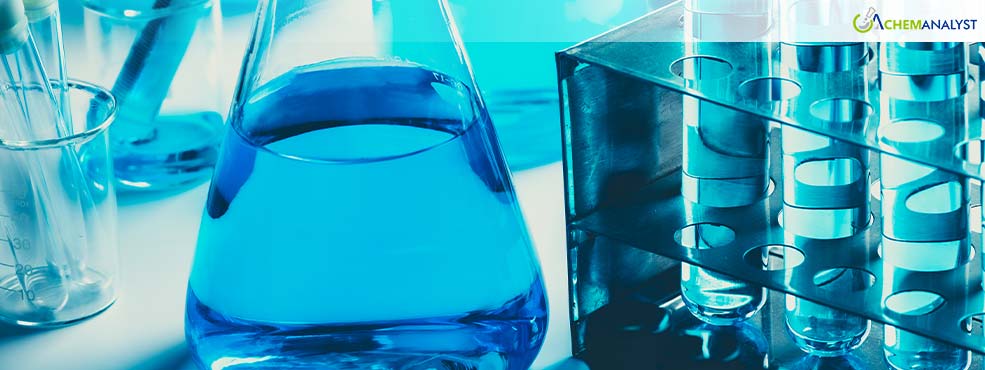German Hydrobromic Acid Market Faces Turmoil Amidst Economic Woes
- 28-Nov-2024 9:30 PM
- Journalist: Jai Sen
The German Hydrobromic Acid market continues to experience turmoil as non-favorable market dynamics continue to raise uncertainty. Hydrobromic Acid prices have been experiencing significant declines in November 2024 due to subdued demand across its key end-use sectors, such as pharmaceuticals, agrochemicals, and flame retardants.
The pharmaceutical industry, a major consumer of Hydrobromic Acid, has been notably affected by slowing production. Economic uncertainties in Europe, combined with tightening regulations on chemical usage, have curtailed demand growth. Similarly, the agrochemical sector reported reduced purchases, as excess inventories from earlier in the year continue to suppress fresh orders.
Bayer, a leading pharmaceutical company based in Germany, announced its financial results for the third quarter of 2024. The results revealed a decrease in net sales to €10.0bn from €10.3bn in the previous year's corresponding period. When looking at each specific department, crop science sales dropped by 2% in the first nine months of the year, while consumer health sales increased by 3%. There was also a 4% increase in pharmaceutical sales. Yet, the company still encountered challenges in its crop protection division due to pricing pressures and a sluggish agricultural market in Latin America.
Meanwhile, the flame-retardant industry, another significant application for Hydrobromic Acid, has faced diminished activity due to weaker construction and manufacturing outputs. Germany's sluggish economic growth has directly impacted industrial chemical consumption, further weighing on Hydrobromic Acid demand. According to the most recent data, the construction industry in Germany had another disappointing start to the fourth quarter, experiencing slightly quicker declines in both activity and new orders, along with another significant round of staff layoffs.
Despite the demand challenges, supply levels of Hydrobromic Acid have remained stable. This balance between weak demand and steady supply has created significant price pressures on Hydrobromic Acid market. Furthermore, upstream bromine prices have shown modest increases, but they have not been sufficient to offset the downward trajectory of Hydrobromic Acid prices. Producers are navigating thin margins, further compounded by high energy costs and environmental compliance expenditures in Germany.
Germany's industrial sector, the backbone of its chemical demand, is grappling with broader economic issues, including elevated inflation and persistent high energy costs. As per the early estimates, Germany’s manufacturing activities improved slightly in November. Despite this, contraction in the manufacturing sector persists, as firms struggle with a lack of new orders. Additionally, goods producers have been cutting staff at an accelerated pace, with the report showing that several companies and suppliers have recently announced major cost-cutting measures.
According to the ChemAnalyst pricing intelligence, Hydrobromic Acid prices are anticipated to face additional downward pressure in the upcoming weeks. Seasonal destocking activities are expected to intensify as year-end approaches, further reducing purchasing activities. While long-term growth prospects for Hydrobromic Acid remain positive, driven by its diverse applications, the immediate outlook suggests further price declines in Germany before a potential stabilization in early 2025.



